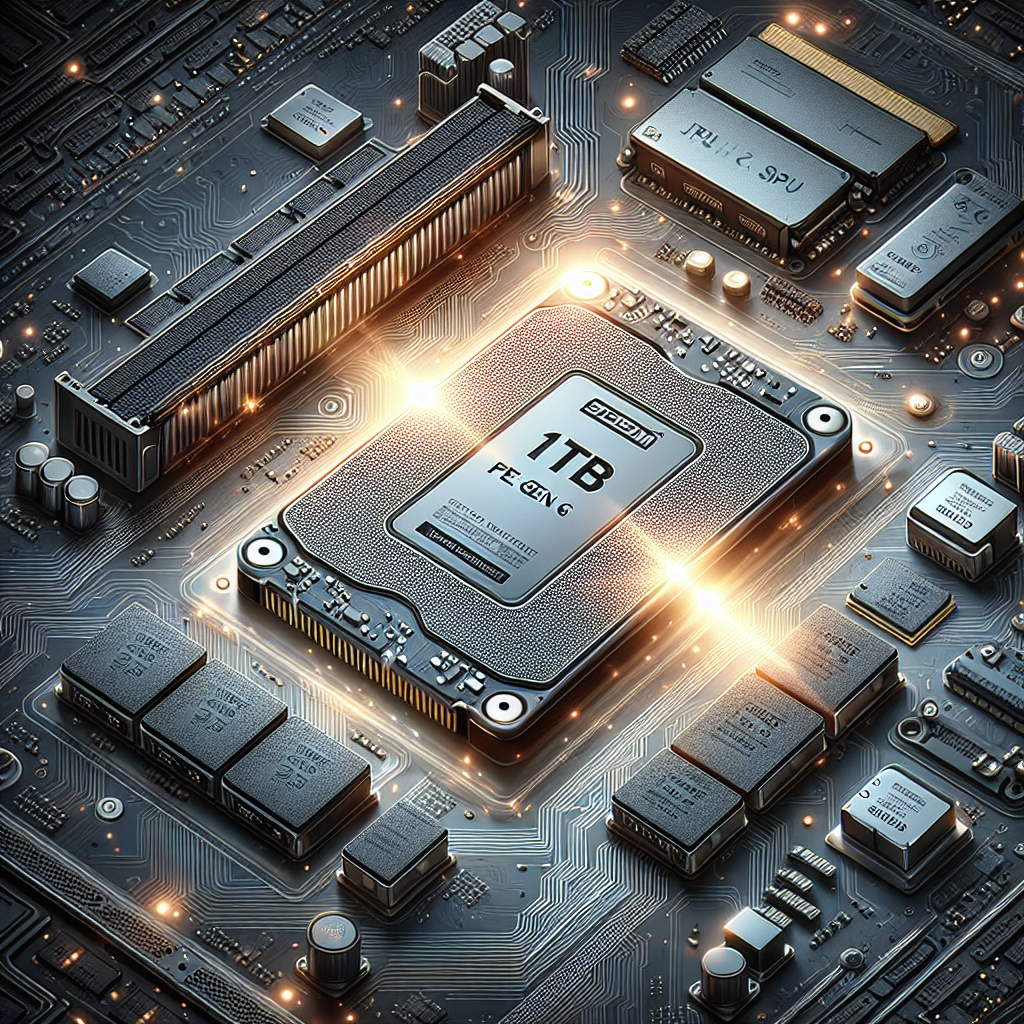Fix today. Protect forever.
Secure your devices with the #1 malware removal and protection software
In today’s fast-paced digital world, having a high-performing computer is essential for completing tasks efficiently and effectively. One way to boost your computer’s performance is by upgrading to a 1TB PCIe Gen4 SSD. This comprehensive guide will walk you through the benefits of upgrading to a PCIe Gen4 SSD and provide step-by-step instructions on how to install and optimize your new SSD.
Benefits of Upgrading to a 1TB PCIe Gen4 SSD
1. Faster Data Transfer Speeds: PCIe Gen4 SSDs offer significantly faster data transfer speeds compared to traditional SATA SSDs. This means that you can transfer large files and load applications much quicker, resulting in a smoother and more responsive computing experience.
2. Improved Overall Performance: With faster read and write speeds, a PCIe Gen4 SSD can significantly improve the overall performance of your computer. You’ll notice faster boot times, quicker application launch times, and improved multitasking capabilities.
3. Enhanced Gaming Experience: Gamers will especially benefit from upgrading to a PCIe Gen4 SSD, as it can drastically reduce loading times in games and improve overall gaming performance. Say goodbye to long loading screens and hello to seamless gameplay.
4. Future-Proofing Your System: As technology continues to advance, PCIe Gen4 SSDs are becoming the new standard for high-performance storage. By upgrading to a PCIe Gen4 SSD now, you’ll future-proof your system and ensure that it can keep up with the latest software and hardware advancements.
How to Install and Optimize Your 1TB PCIe Gen4 SSD
1. Check Compatibility: Before purchasing a PCIe Gen4 SSD, make sure that your computer’s motherboard supports PCIe Gen4 technology. Check the manufacturer’s specifications or consult with a computer technician if you’re unsure.
2. Backup Your Data: Before installing your new SSD, it’s important to back up your data to prevent any loss in case of an error during the installation process.
3. Install the SSD: Open your computer case and locate an available M.2 slot on your motherboard. Insert the PCIe Gen4 SSD into the slot and secure it with the provided screw. Close the case and power on your computer.
4. Initialize and Format the SSD: Once your computer has booted up, open Disk Management (Windows) or Disk Utility (Mac) to initialize and format the new SSD. Follow the on-screen instructions to complete the process.
5. Set Your SSD as the Boot Drive: To fully utilize the speed of your new PCIe Gen4 SSD, set it as the boot drive in your computer’s BIOS settings. Consult your motherboard’s user manual for instructions on how to do this.
6. Enable TRIM Support: TRIM is a feature that helps maintain the performance of SSDs by optimizing the storage of data. Enable TRIM support in your operating system settings to ensure that your new SSD continues to perform at its best.
7. Update Firmware and Drivers: Check for firmware updates for your new SSD and install them to ensure optimal performance. Additionally, update your motherboard’s drivers to ensure compatibility with the new SSD.
By following these steps, you can successfully install and optimize your 1TB PCIe Gen4 SSD to boost your computer’s performance and enjoy faster speeds and improved overall efficiency. Upgrade your system today and experience the benefits of high-performance storage technology.
Fix today. Protect forever.
Secure your devices with the #1 malware removal and protection software

Leave a Reply
You must be logged in to post a comment.